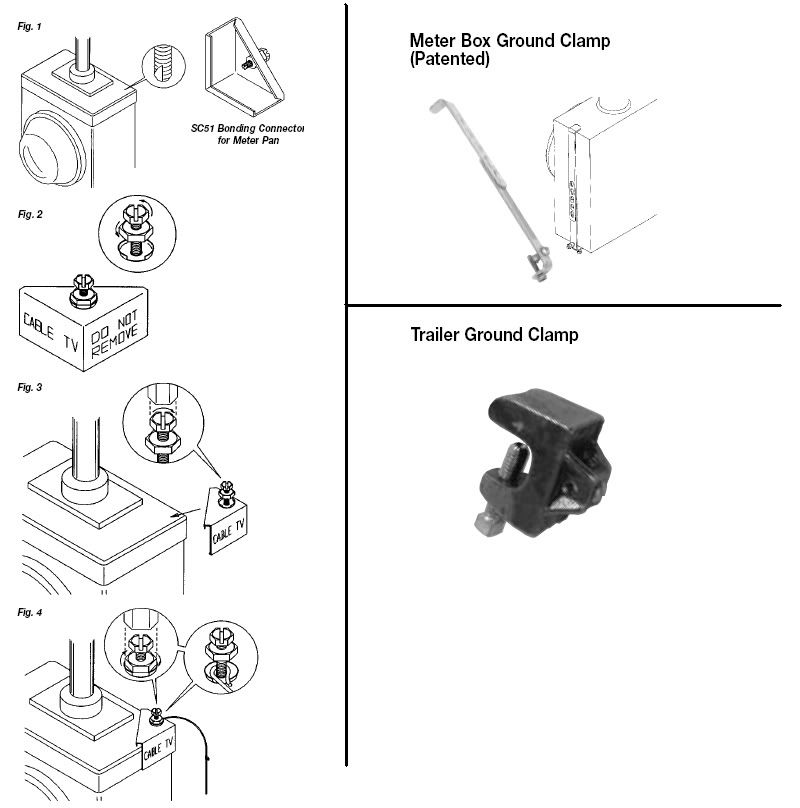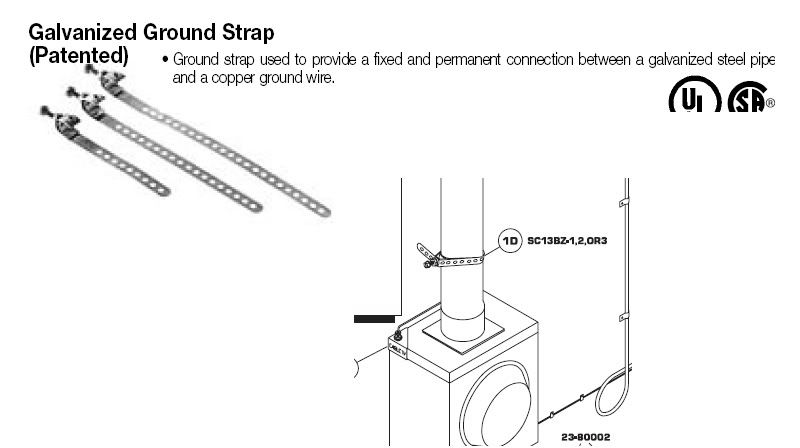warrant2002
Member
Recently California Comcast issued an addendum to their official Grounding & Bonding requirements as per the SCTE and the NEC. I am in agreeance with these new practices if, and only if, done correctly with the exception to three things.
That is the following; The new ruling states that there are roughly 3 correct ways to bond the cable system. 1.) An Earth grounded water pipe system, 2.) A Eufer grounding system, 3.) The Electrical breaker panel.
One of the old forms of grounding has been denied for use and that is any type of grounding rod, no matter its length or diameter.
Now, I have three concerns regarding these new rulings.
1.) Some houses, especially those built prior to 1970 do not have a formal grounding system and are usually on a 2-prong outlet setup and the electrical breaker boxes aren't even grounded themselves, Comcast does not expect all of it's employees to be EC and therefore not know the difference between the two.
2.) A retrograded grounded power box will itself contain a grounding rod using 1/2" rebar at least 6' deep and so why is it that we can use this type of ground through the meter panel but not solely by itself.
and last but not least,
3.) A properly installed rebar grounding rod has been proven to be the most effective type of grounding system but yet this is the least favorable with the NEC and therefore, Comcast. Even a far superior choice over the structures water pipe system which can fail when there is an unobservable break in the metal piping due to plumbing repairs using plastic components or possibly even plastic mains coming from the city's water plant?
Please if anyone has more information specifically regarding Comcast's grounding procedures please email me at XXXXXXXXXXX. Thank you
Moderator Note, send a PM to contact warrent
That is the following; The new ruling states that there are roughly 3 correct ways to bond the cable system. 1.) An Earth grounded water pipe system, 2.) A Eufer grounding system, 3.) The Electrical breaker panel.
One of the old forms of grounding has been denied for use and that is any type of grounding rod, no matter its length or diameter.
Now, I have three concerns regarding these new rulings.
1.) Some houses, especially those built prior to 1970 do not have a formal grounding system and are usually on a 2-prong outlet setup and the electrical breaker boxes aren't even grounded themselves, Comcast does not expect all of it's employees to be EC and therefore not know the difference between the two.
2.) A retrograded grounded power box will itself contain a grounding rod using 1/2" rebar at least 6' deep and so why is it that we can use this type of ground through the meter panel but not solely by itself.
and last but not least,
3.) A properly installed rebar grounding rod has been proven to be the most effective type of grounding system but yet this is the least favorable with the NEC and therefore, Comcast. Even a far superior choice over the structures water pipe system which can fail when there is an unobservable break in the metal piping due to plumbing repairs using plastic components or possibly even plastic mains coming from the city's water plant?
Please if anyone has more information specifically regarding Comcast's grounding procedures please email me at XXXXXXXXXXX. Thank you
Moderator Note, send a PM to contact warrent
Last edited by a moderator:



